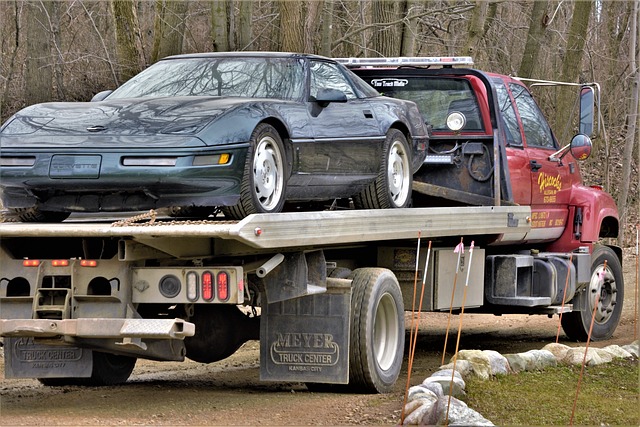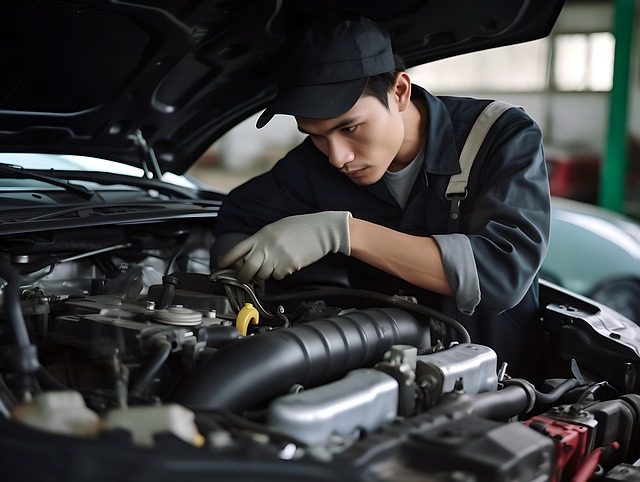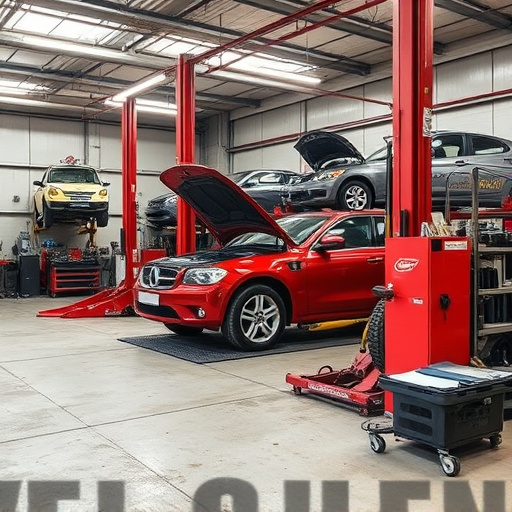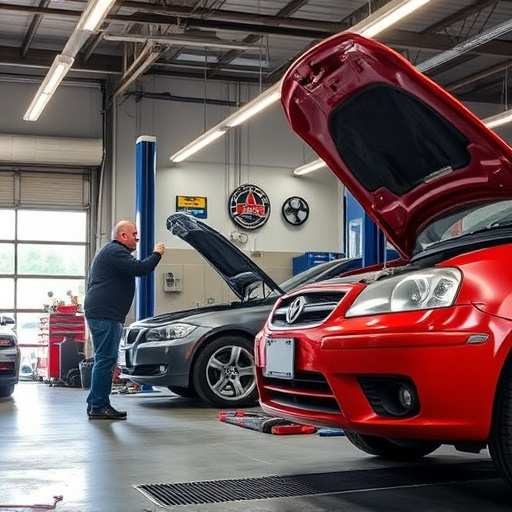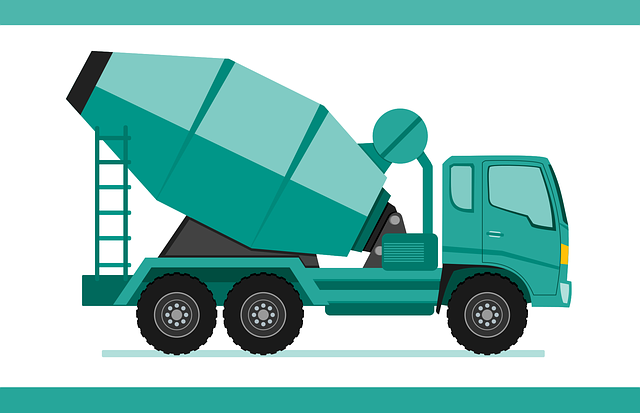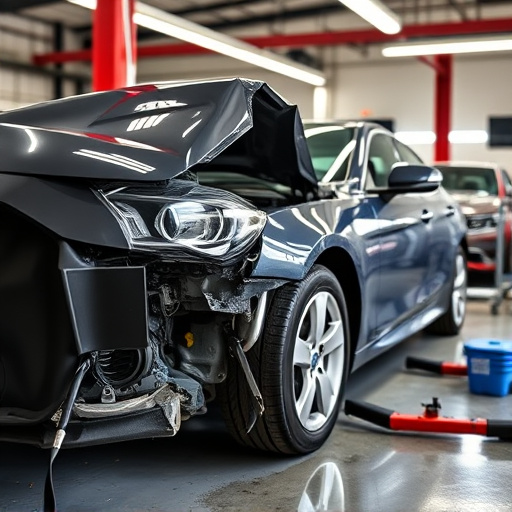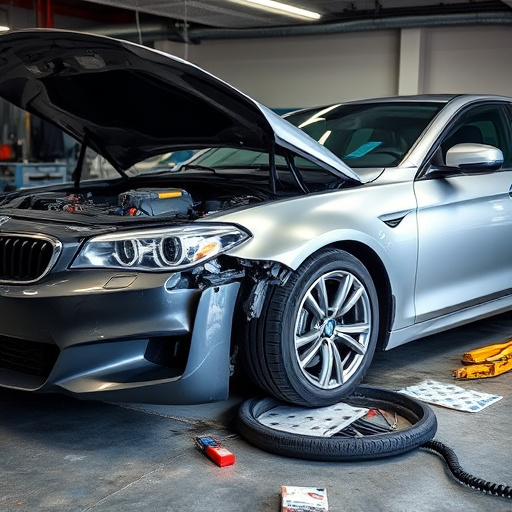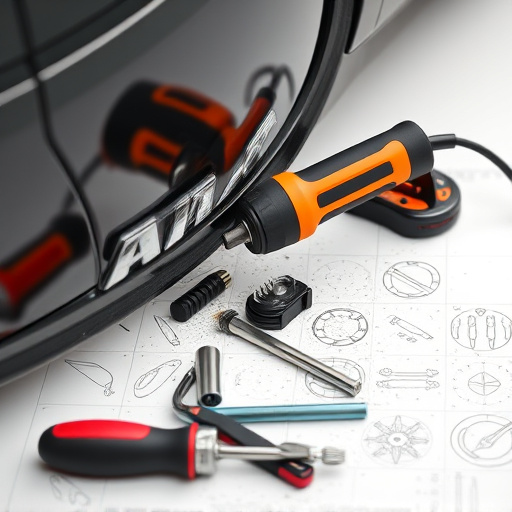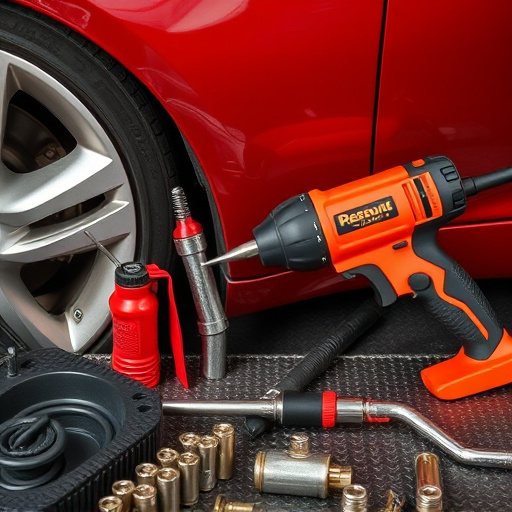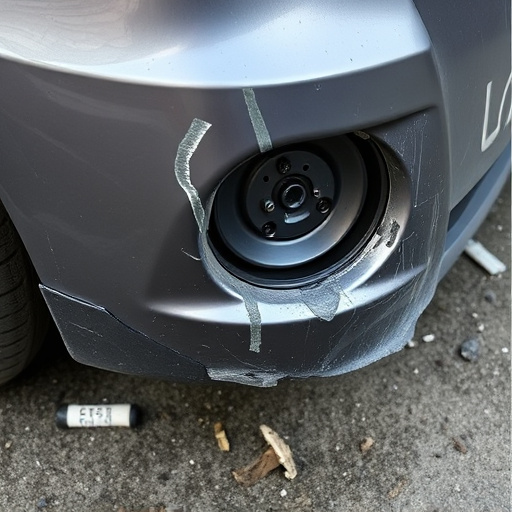Repair scheduling collisions in auto maintenance facilities cause workflow disruptions, leading to extended turnaround times and customer dissatisfaction. To mitigate these issues, efficient strategies like dynamic scheduling algorithms, improved communication, and advanced digital tools are implemented. Modern scheduling software tailored for collision repair optimizes task allocation, reduces delays, enhances real-time updates, and ultimately improves customer satisfaction in both auto body shops and classic car restoration settings.
In today’s fast-paced automotive industry, efficient repair scheduling is paramount for shop success. Yet, repair scheduling collisions—when multiple tasks compete for the same resources—can disrupt workflow, delay services, and reduce profitability. This article explores the significant impact of these collisions and offers practical strategies to minimize their occurrence. We delve into the technological advancements that optimize workflow through advanced scheduling tools, enhancing efficiency and customer satisfaction in collision repair shops.
- Understanding the Impact of Repair Scheduling Collision
- Strategies to Minimize Collisions and Enhance Efficiency
- The Technological Approach: Optimizing Workflow with Advanced Scheduling Tools
Understanding the Impact of Repair Scheduling Collision

The impact of repair scheduling collision goes beyond mere inconvenience; it’s a significant roadblock to workflow optimization in both automotive collision repair and vehicle repair settings. When vehicles requiring different types of repairs—be it regular maintenance or complex damage from an accident—are scheduled in quick succession, it creates a chain reaction of delays. This is especially true for facilities handling classic car restoration, where meticulous precision and specialized skills are required. Each collision or unexpected delay disrupts the flow, leading to extended turnaround times, dissatisfied customers, and potential financial losses.
Understanding this dynamic is crucial for implementing effective strategies in repair scheduling. By recognizing the ripple effects of collisions, businesses can anticipate bottlenecks and make data-driven decisions. This may involve rescheduling, allocating additional resources, or even investing in technology that streamlines processes, ensuring a smoother workflow despite the challenges posed by these collisions.
Strategies to Minimize Collisions and Enhance Efficiency

In the realm of efficient workflow management, particularly within auto maintenance facilities, minimizing repair scheduling collisions is paramount to enhancing overall productivity. Collision, in this context, refers to conflicts arising from overlapping or concurrent service requests for vehicles, which can lead to delays and inefficiencies. To steer clear of these disruptions, several strategic interventions can be deployed. One such approach involves implementing dynamic scheduling algorithms that consider various factors, including vehicle types, estimated repair times, and technician availability, to optimize the allocation of resources. By doing so, fleet repair services can prevent car body repair tasks from interfering with each other, ensuring a smoother process.
Furthermore, establishing clear communication channels among technicians, dispatchers, and service advisors is crucial. This collaborative effort enables real-time updates on vehicle status, expedites decision-making processes, and reduces the chances of scheduling mishaps. Integrating advanced digital tools, such as specialized software for auto maintenance tracking, can also play a pivotal role in streamlining operations. These technologies allow for precise oversight of repair progress, enabling technicians to promptly address any unforeseen challenges that might lead to collision-induced delays, ultimately bolstering overall efficiency.
The Technological Approach: Optimizing Workflow with Advanced Scheduling Tools

The technological landscape offers a wealth of solutions for streamlining auto body shops and classic car restoration processes through advanced scheduling tools. These innovative systems are designed to tackle the challenge of repair scheduling collision, which often disrupts workflows and causes inefficiencies. By implementing sophisticated algorithms, these tools optimize task allocation, minimizing delays caused by conflicting appointments or resource unavailability.
With real-time updates and adaptive planning capabilities, modern scheduling software enhances overall workflow optimization. They allow for precise tracking of collision repair tasks, ensuring that every step, from initial assessment to final touch-ups, is executed efficiently. This technology empowers professionals in the industry to manage their operations effectively, reducing wait times and enhancing customer satisfaction in both auto body shops and classic car restoration settings.
In conclusion, understanding and addressing repair scheduling collision is paramount for optimizing workflow efficiency. By implementing effective strategies and leveraging advanced scheduling tools, businesses can minimize disruptions and enhance overall productivity. Embracing these solutions allows for a smoother, more streamlined process, ultimately benefiting both customers and service providers alike.
